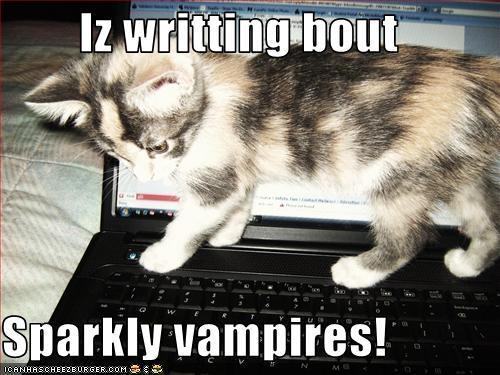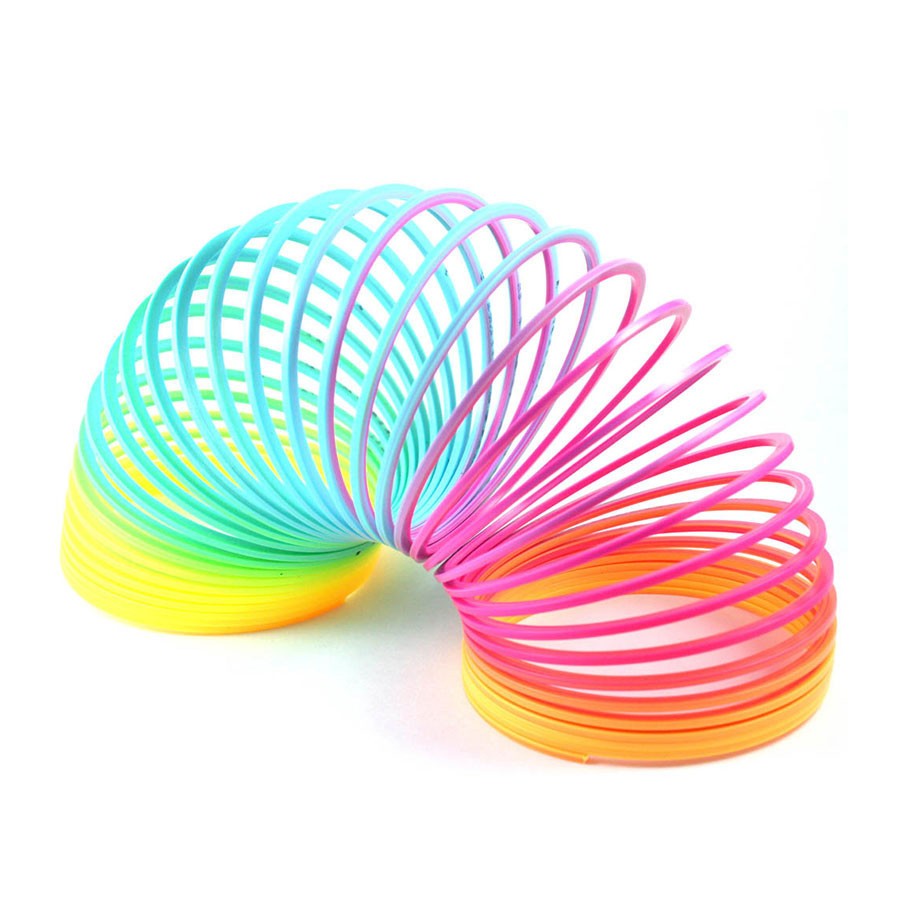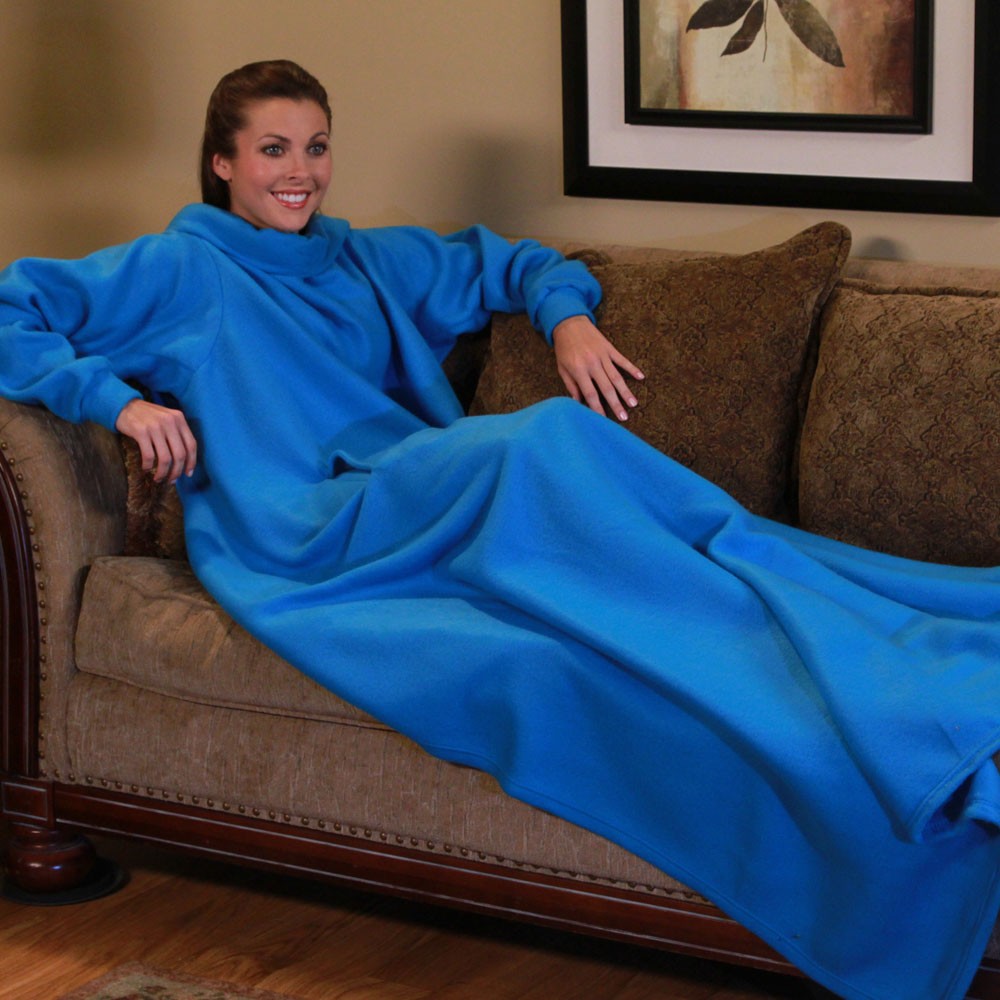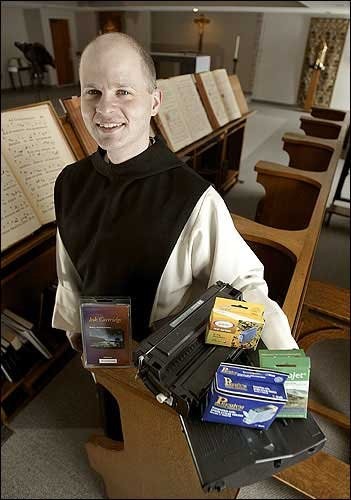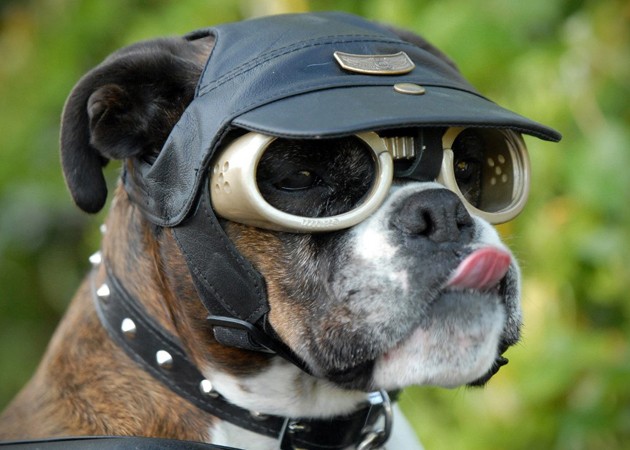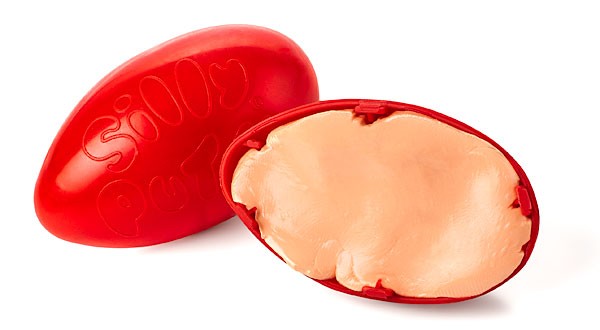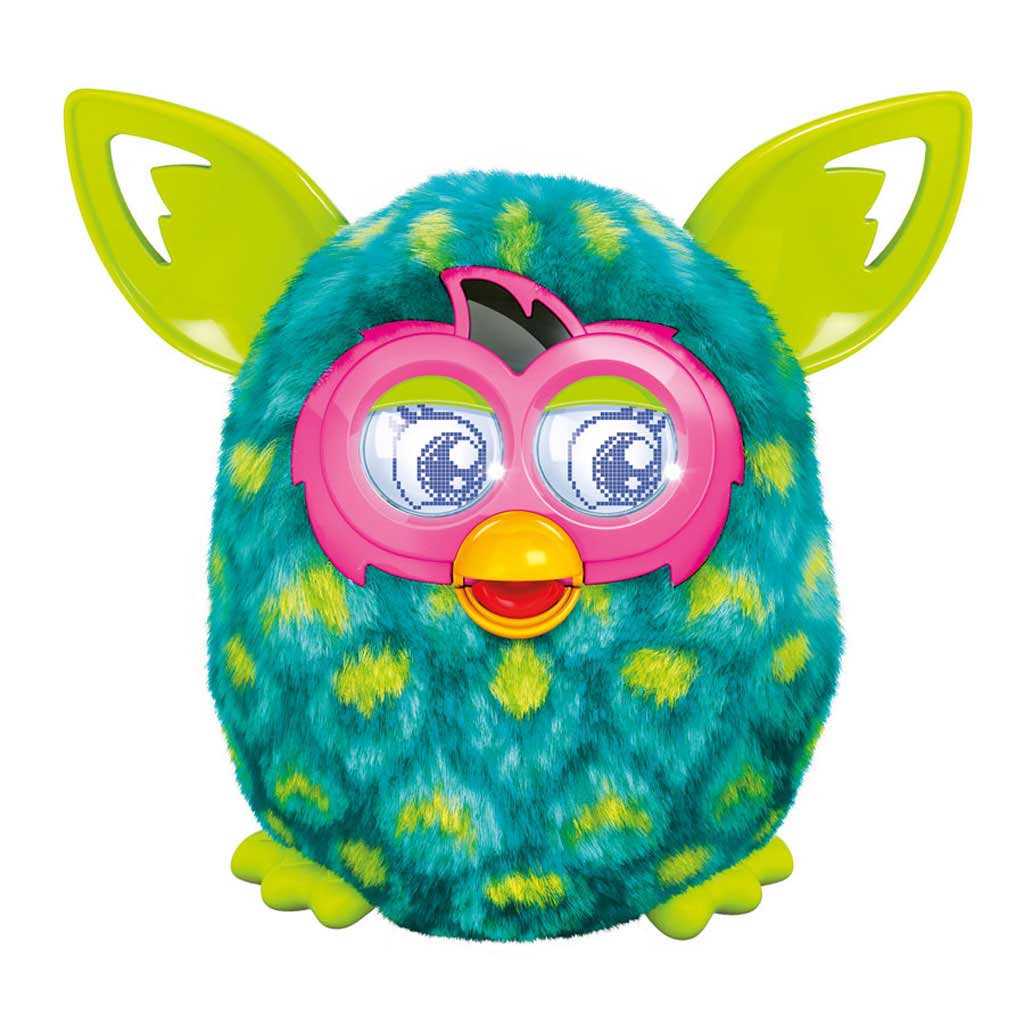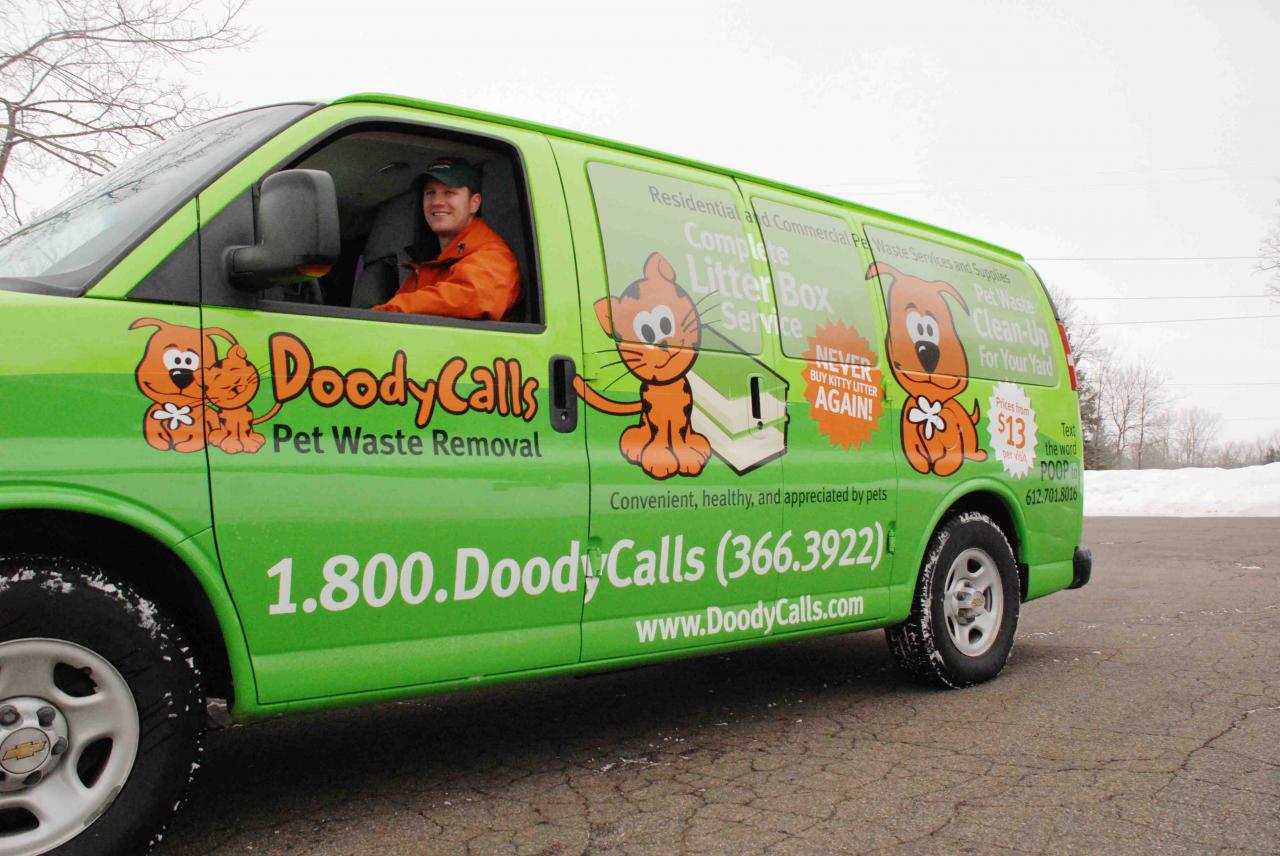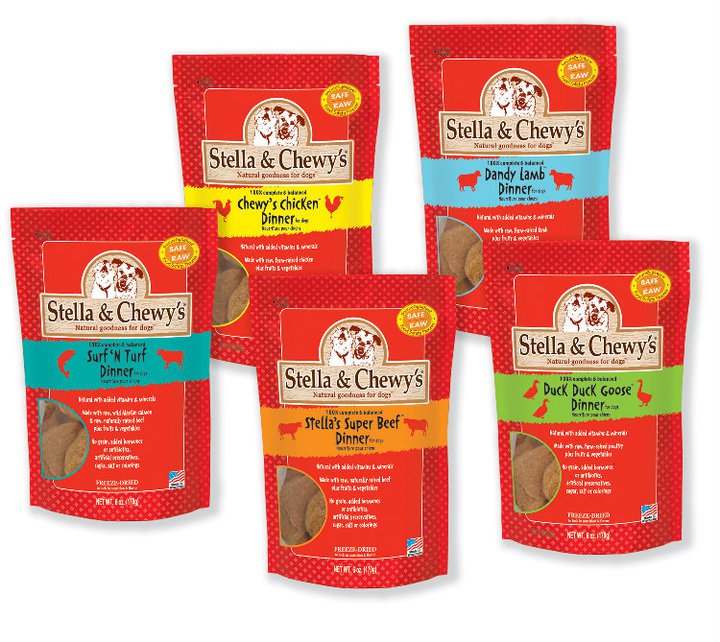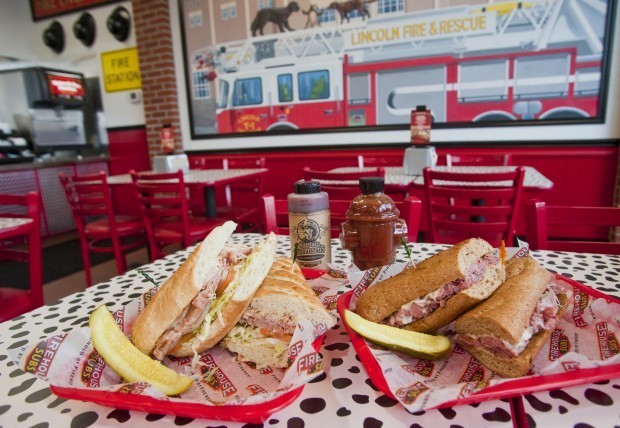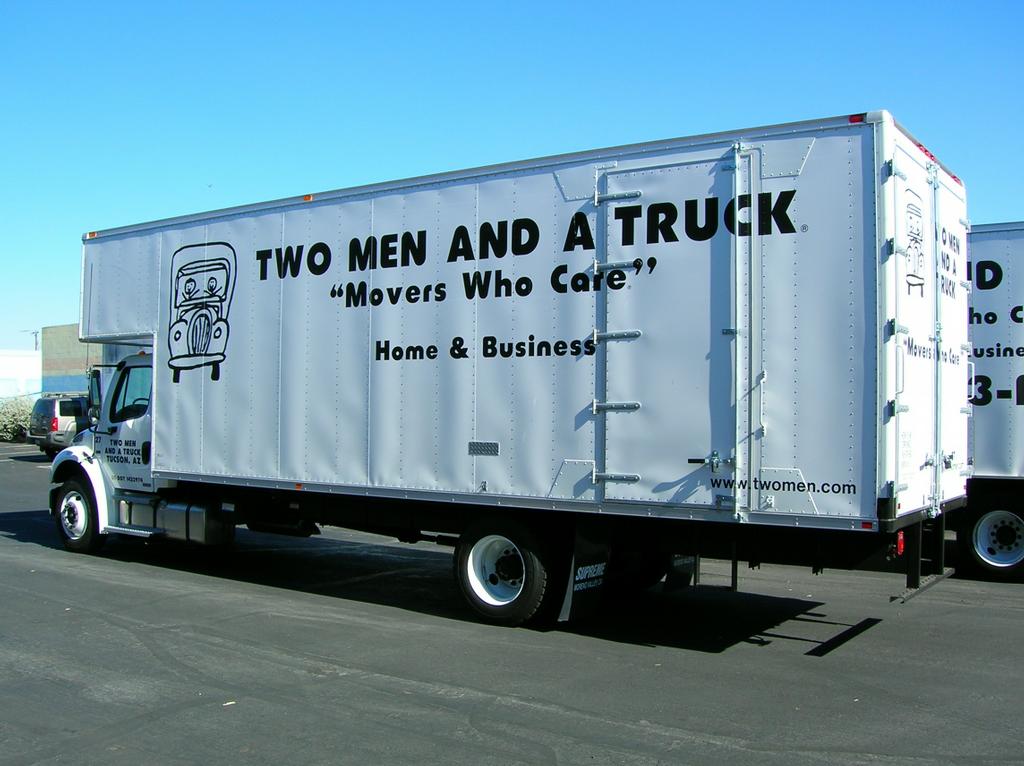1. Yellow Smiley Faces
Yellow smiley faces used to be the hottest thing in the business world. Everyone was using them to instil positive vibes. The yellow color is bright and distinct, and the New Age message of having a good day is universal. Bernard Spain and Murray Spain were the inventors of the yellow smiley face. They made more than $50 million off these simple and frankly, annoying image. The brothers trademarked the yellow smiley face and the words ‘Have a nice day.’
2. The Wacky Wall Walker
This is the strange toy that you can throw on a wall, and it will stick and begin to walk down the wall in a herky-jerky motion. The toy was first made in China, but an American named Ken Hakuta bought the rights to market it in the U.S. for $100,000. After a newspaper article described the Wacky Wall Walker, sales went through the roof. Hakuta ending up making $80 million off the toy, which is now mostly sold in dollar stores.
3. Icanhascheezeburger.com
This website was created by Eric Nakagawa and Kari Unebasami. They first put up a photo of a chubby cat with a caption, “I can has cheezeburger?” Users began posting their own fat cats with captions, and the site’s popularity blossomed. Nakagawa and Unebasami sold their site for $2 million in 2007, and the new owner, Ben Huh, now has six websites related to the original, and wrote a bestselling book about his sites.
4. Slinky
Richard James, the inventor of the slinky was a naval engineer. The slinky idea came when he dropped a spring he was using, and saw it move on its own across the ground. James’ slinky debuted in 1945, and sold for $1. It was one of the most popular toys in the world, and earned more than $250 million in sales, making James and his wife very rich.
5. Snuggie
Yes, the Snuggie is a ridiculous and embarrassing product. But Scott Boilen, the inventor of Snuggie doesn’t care if you think his robe that you wear backward is silly. Boilen embraced the foolishness of the product in infomercials that went viral. Snuggies have sold in excess of $200 million, making Boilen an infomercial millionaire.
6. Beanie Baby
It’s difficult to fathom why these were ever a ‘thing,’ but they were. Beanie Babies were stuffed animals that were filled with beans. They were supposedly cute and kids loved them. Adults soon took to the animals as well, and the inventor, H Ty Warner soon had a company that was larger than Mattel. Warner smartly kept beanie babies off the airwaves, and sold in local stores, making them harder to buy and more popular. Beanie Babies have sold about $4 billion worth of merchandise.
7. Pet Rock
Future generations will weep at the ideas from the 20th century that made money. Take the Pet Rock for example. No, really, take it and get it as far away as possible, please. The Pet Rock was invented by Gary Dahl. It was a smooth rock that Dahl marketed as a pet. The Pet Rock box came with a manual and a straw bed. In the first six months alone, Dahl earned $15 million in profit.
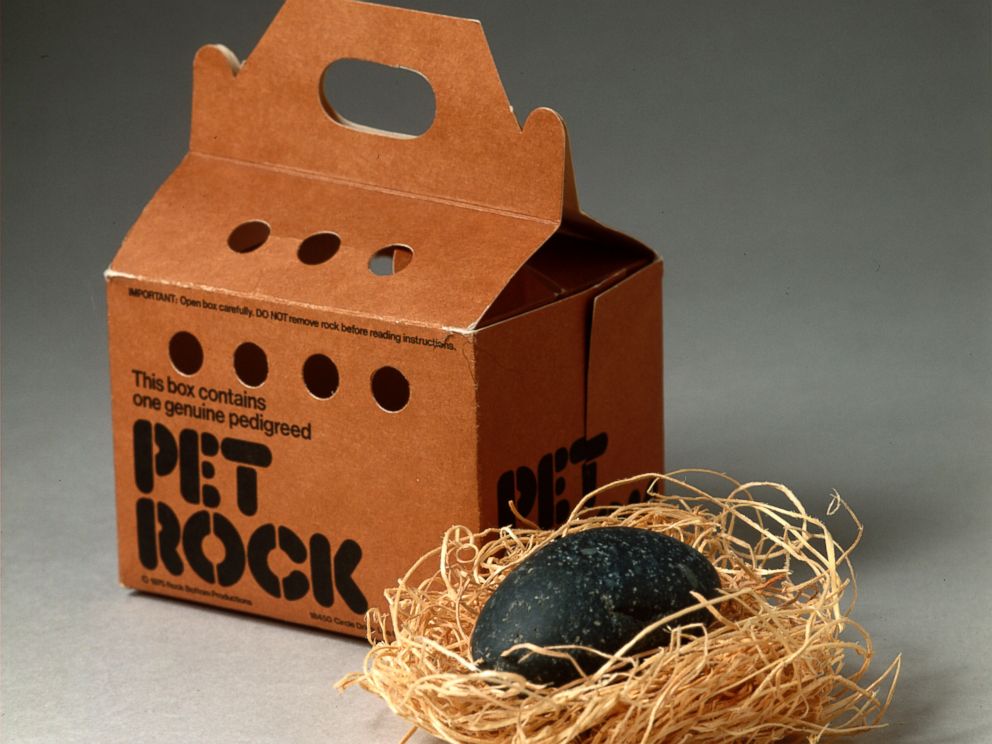
Al Freni/The LIFE Images Collection/Getty Images
8. Flowbee
The Flowbee was an infomercial staple that worked like a vacuum cleaner, and gave you precision, salon-quality haircuts. Or so it claimed. It launched in 1988, which is fitting, because the 80s were the era of bad hair, and sold more than $2 million worth of product in the next 10 years. Not sure how this worked, but the inventor got rich, and that’s all that counts.
9. Laser Monk
Talk about a holy covenant. Monks living in Monroe, Missouri, decided to open an ink-cartridge refilling business to generate money for their abbey. While still fulfilling their spiritual duties, the monks started out with $2,000 in sales in the early 21st century. And then three years later, the eight monks at Cisterian Abbey were making $2.5 million in revenue.
10. FitDeck
FitDeck is the brainchild of Phil Black, a former Navy SEAL, firefighter and Ivy League graduate. FitDeck are are a deck of cards that feature different exercise routines and photos on how to perform them correctly. Black has appeared on a variety of shows, including “Shark Tank,” and his idea has earned nearly $5 million in sales.
11. Doggles
With the Menswear Dog craze that’s still in full swing, Doggles doesn’t seem that revolutionary now, but when it was first developed in 1997 by Roni Di Lullo, no one had thought to put sunglasses on a dog. In 2012, Doggles did $3 million worth of business, and it’s no laughing matter. Doggles protect a dog’s eyes from UV rays, so that your beloved Fido can frolic in the park without any obstacles.
12. Silly Putty
Every American kid at one point or another has either played with or seen Silly Putty. The sticky invention was marketed by a man named Peter Hodgson, who started advertising it in 1950. Twenty-five years later, Silly Putty was generating $5 million a year in sales, and continues to sell briskly.
13. Furby
Furby was…well, it’s difficult to describe just what this furry creature was, other than to say it took a year and a half for creators Caleb Chung and Dave Hampton to come up with the prototype. Furby was mass marketed in 1998, and by 2001, 40 million of the strange, alien-language toys had been sold. The Furby relaunches in 2005 and 2012 were the top-sellers at Walmart during the holiday season.
14. Billy Bob Teeth
Yep, there are actually people who want to have bad teeth as a gimmick, which is apparently the appeal of Billy Bob Teeth. The novelty company was started by Rich Bailey and Jonah White in 1993. The duo fashioned a number of novelty false teeth, and earned $40 million in 2006. Billy Bob Teeth aren’t just big in the U.S., the novelty teeth sell well throughout the world.
15. DoodyCalls
Pet owners hate cleaning up after their dogs. DoodyCalls takes care of all that by offering poop service at home or at the park. Started by Jacob and Susan D’Aniello, the company cleared $4.5 million in 2011 and cleans up more than 10 million poops per year. DoodyCalls has recently launched a kitty litter service.
16. Stella and Chewy’s
Stella and Chewy’s is a brand of natural, homemade dog food made by Marie Moody, who started creating her own recipes when her dog Chewy became ill in the early 2000s and was placed on a diet of raw meat and vegetables. By 2009, the business had earned $5 million and in 2015, is on pace to do in excess of $50 million. Yep, that’s fifty as in 5-0.
17. Koosh
Koosh is a ball of rubber bands shaped into a sphere. It was launched in 1988 by Scott Stillinger, who wanted a toy that his children could catch without losing their grip. The Koosh’s multi-colored bands and softness was an instant hit with kids. By 1997, Hasbro bought out Koosh for $100 million.
18. Shake Weight
Shake Weight is a flexible dumbbell that you shake to get into shape. It was famous on infomercials, because the act of pumping the Shake Weight up and down resembled a sexual act. The exercise device launched in 2009 to little fanfare, until its infomercials became a viral hit. Within a year, it sold more than $40 million worth of product, making its inventor, Johann Verheem very rich.
19. Firehouse Subs
Firefighters are often seen as heroes, and rightfully so. In 1994, Chris and Robin Sorensen, brothers who were both Florida firemen, opened up a submarine sandwich shop with a strong firefighting theme. The idea took off, and Firehouse Subs now has more than 500 franchises and earned $285 million in 2011 alone. It goes to show, that focusing on a niche concept can pay off in a big way.
20. Two Men and a Truck
The irony of a company called Two Men and a Truck is that it became huge because of a woman. Mary Ellen Sheets had two sons, Jon Sorber and Brig Sorber, who used their truck to clean yards and move furniture for local residents. But after her sons went to college, Sheets was inundated with phone calls asking for their service. She bought an old truck for a couple hundred dollars, and hired two men. Within a few years, Two Men and a Truck was booming, and Sheets made the company a franchise. The company rakes in several hundred million dollars a year, and Sheets’ two sons are part of the leadership.


